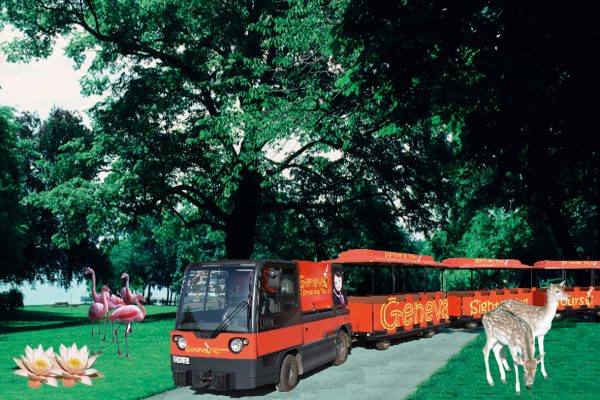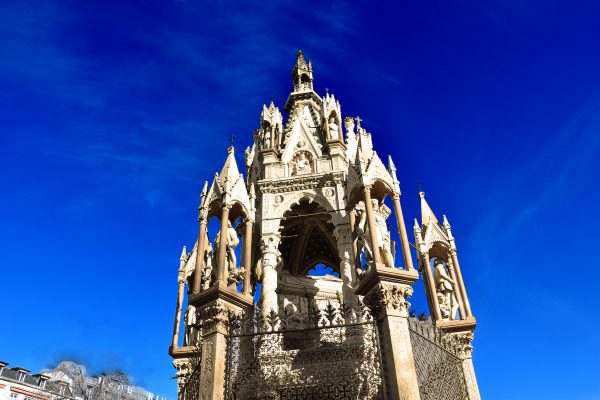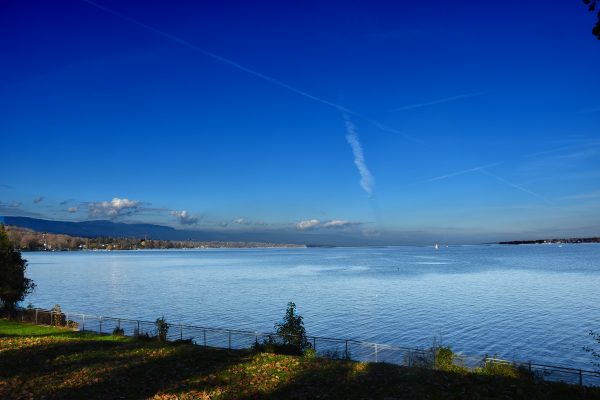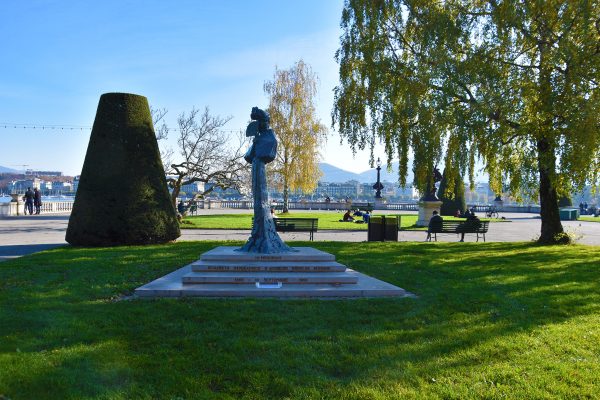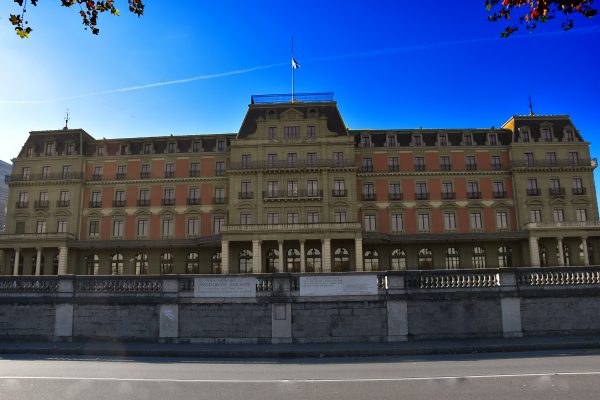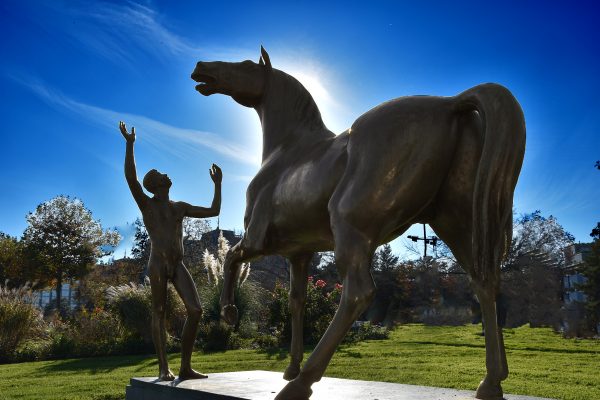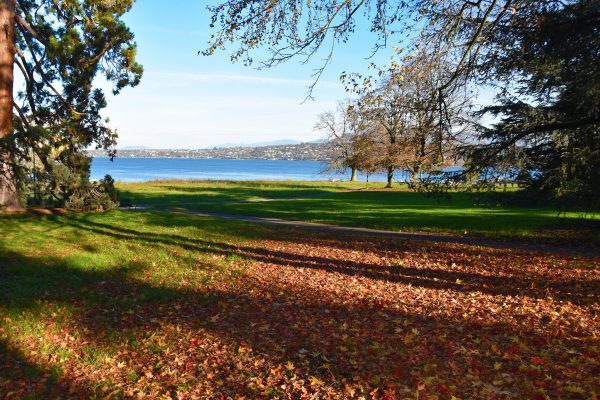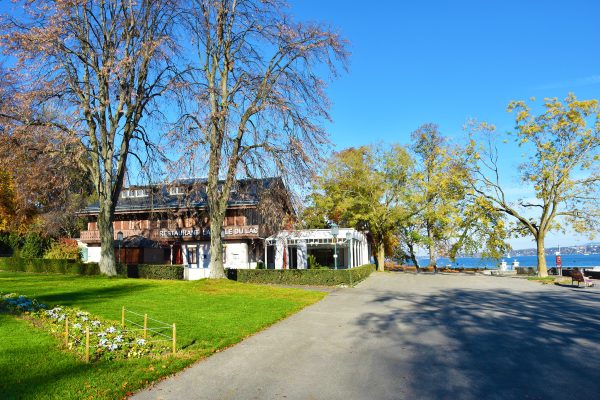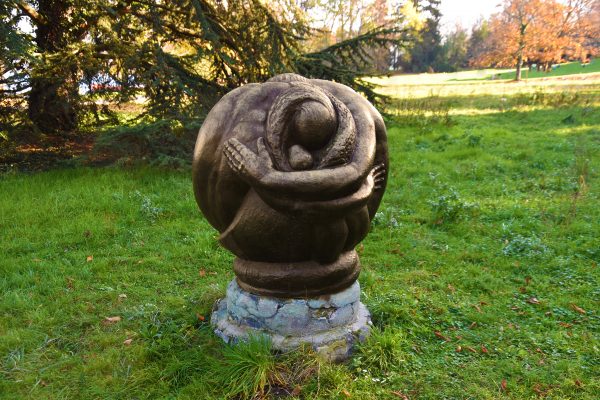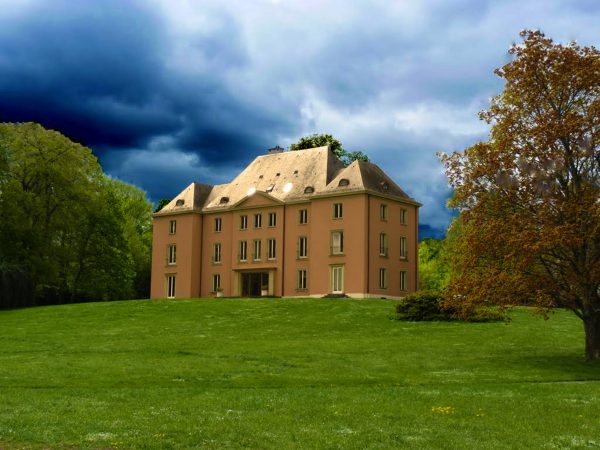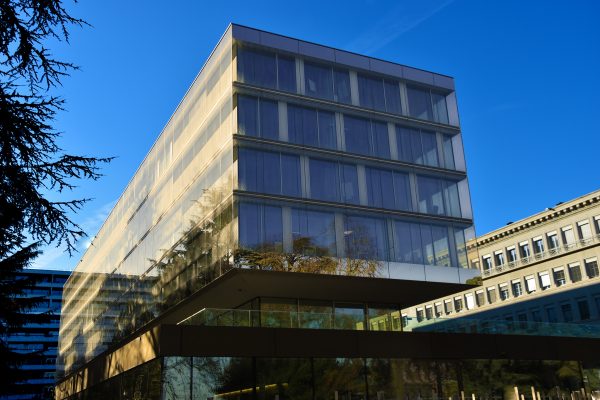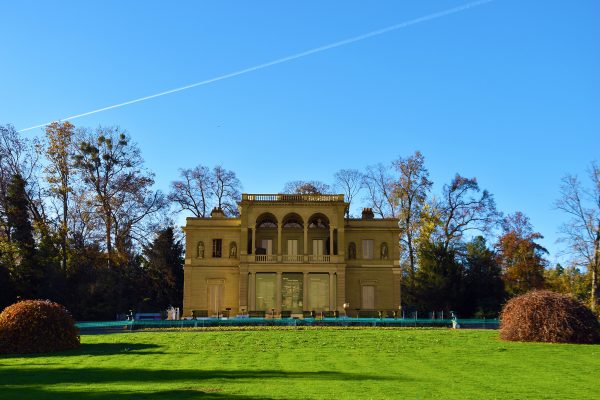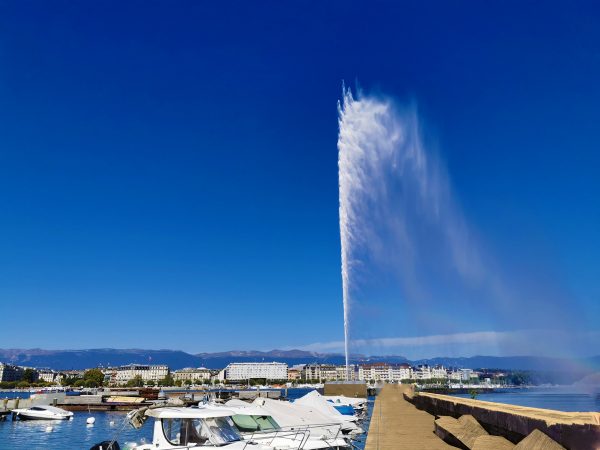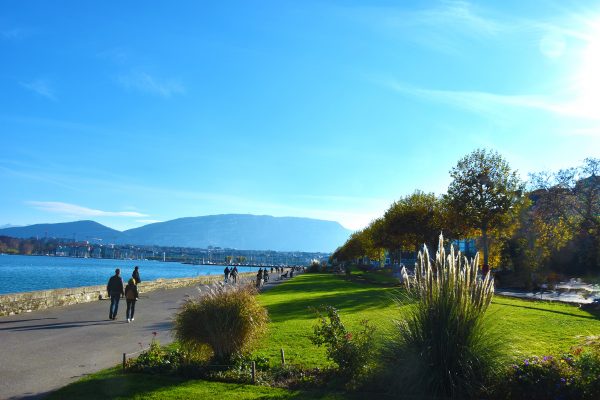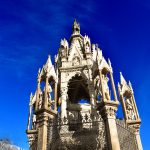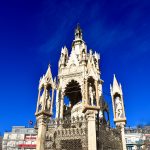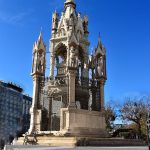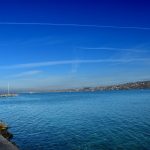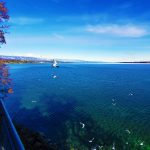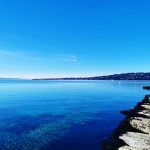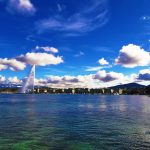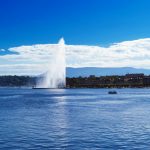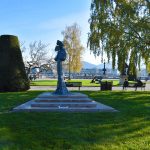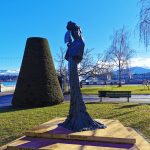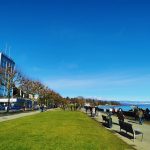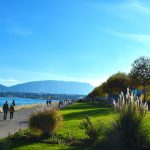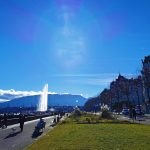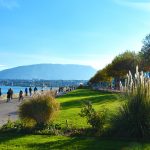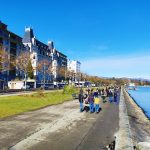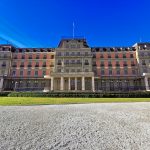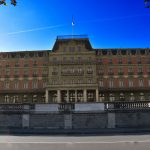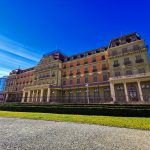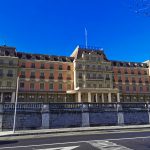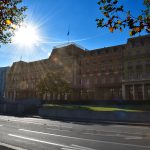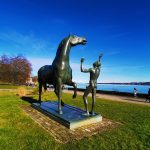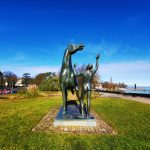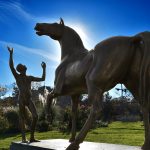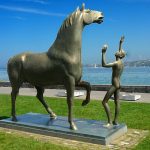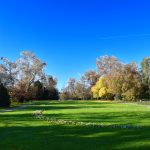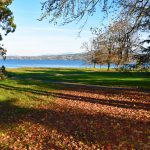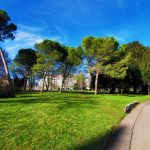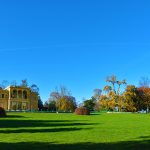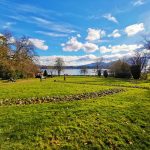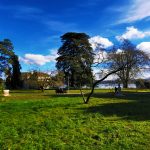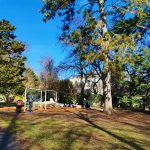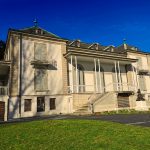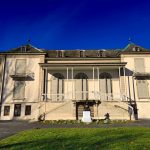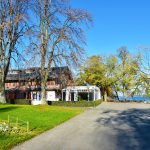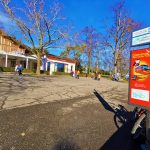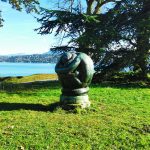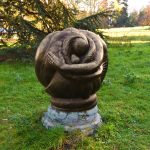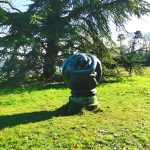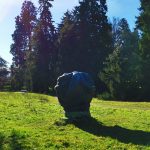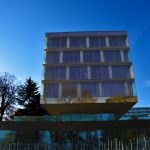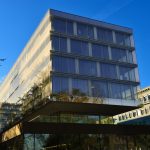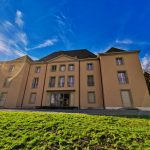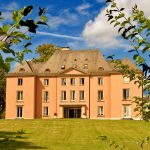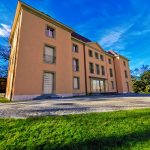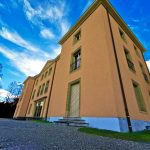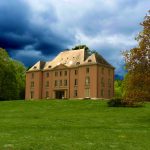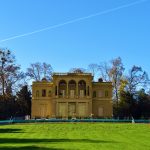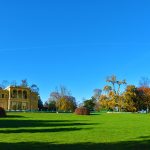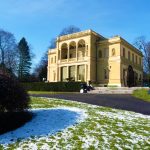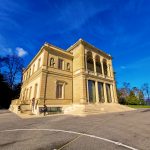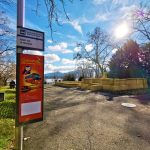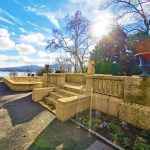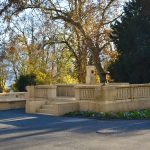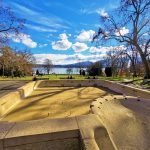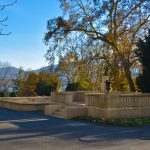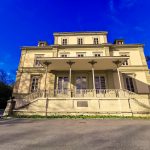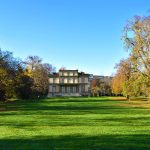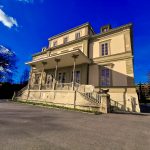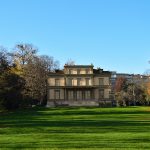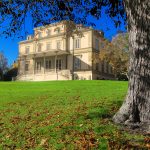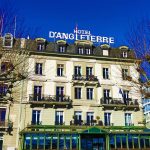Petit train de la Rive Droite Genève : Parcs & Résidences

Notre petit train de la rive droite à Genève, pour le circuit "Parcs et Résidences", vous révèle les plus beaux paysages genevois : parcs fleuris, résidences prestigieuses et vues magnifiques sur le lac et le Mont-Blanc. Ce parcours en petit train offre une expérience unique entre nature et patrimoine architectural.
Une promenade de rêve à travers parcs et résidences
2. Lake Geneva
Le Lac Léman se situe à la frontière franco-suisse, c ‘est le plus grand lac naturel des Alpes, il offre de nombreuses possibilités d’excursions touristiques au cœur des paysages côtiers et environnants, véritable voyage dans le temps et dans l’histoire de la Suisse. A 372 m d’altitude, bordé par les monumentales montagnes du Jura, il offre des paysages aux ambiances de Riviera et des panoramas à couper le souffle.
4. Sissi, Austrian Empress, Statue
En 1898, Genève devient la dernière étape dans la vie de l’intrépide impératrice Sisi. Elle arrive depuis Montreux et traverse le lac en bateau à roues à aubes afin de rendre visite à la baronne de Rothschild. Sisi passe la nuit à l’hôtel Beau Rivage. En début d’après-midi du jour suivant, devant le bateau, Luigi Lucheni, anarchiste italien, poignarde l’impératrice avec une lime pointue, elle s’éteindra à Genève.
5. Quai Wilson
En hommage au président des Etats-Unis Woodrow Wilson, initiateur de la Société des Nations. le quai Wilson s’inscrit dans la continuité des quais piétons dessinés tout autour de la rade sans interruption sur 6 km. L’ensemble offre une promenade spectaculaire avec vue permanente sur le lac, la ville et les montagnes.
7. "The Youth and the Horse"
L’adolescent et le cheval est une statue de bronze créé par le sculpteur Heinz Schwarz. C’est un jeune garçon qui est sculpté dans cette période fragile et éphémère de l’adolescence. Le sculpteur accentue la délicatesse des traits et des courbes, les corps sont lisses interprétant la douceur de l’innocence.
9. Villa Mon-Repos
La villa Mon Repos, dans le parc de la Perle du Lac. La Ville de Genève fait don en 1954 de cette maison à l’équipe de la Télévision Genevoise pour y installer son studio et y transférer ses activités depuis l’école de Genthod, où elle avait débuté ses activités quelques mois plus tôt
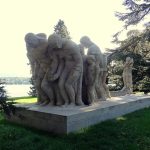
12. "The Human Effort"
La sculpture, intitulée “L’Effort humain” a été réalisée par l’artiste genevois James Vibert en 1935. Marquée par le mouvement symboliste, l’influence de Rodin est palpable dans ses compositions de groupe. Les contours sont lissés, les contrastes forcés et l’on sent l’écrasement de la matière jusqu’aux confins de la déformation. C’est que Vibert part de la matière pour rejoindre le symbole et en exploite toutes les potentialités pour réaliser son œuvre ».
13. William Rappard Center OMC - WTO
Centre William Rappard, qui abrite l’Organisation mondiale du commerce. Témoin de plus de 90 ans de coopération internationale, le Centre William Rappard (CWR) a été conçu dans le cadre de l’effort déployé après la Première Guerre mondiale pour créer une Société des Nations et d’autres institutions qui auraient pour rôle d’encourager la coopération multilatérale et le règlement pacifique des conflits.
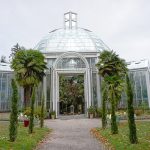
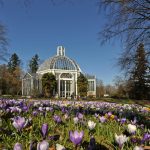
14. Conservatory & Botanical Gardens (stop)
Immense espace de nature, grand de 28 hectares, le Jardin botanique de Genève est un véritable havre de paix. Il offre une tranquillité et une beauté propre à la promenade. D’autre part, depuis sa création en 1904, le Jardin Botanique a développé une flore incroyablement riche et variée, avec sa collection de 16 000 espèces venant du monde entier. La visite se fait à travers divers secteurs : l’arboretum, les serres, l’espace animalier.
15. Villa Barton
À la fin du XVIIe siècle, le site accueille une résidence d’été avec jardin, verger et vignoble. En 1858, Robert Peel , fils de premier ministre britannique et lui-même représentant du Royaume-Uni auprès de la Suisse, rachète le domaine. Il fait construire un cottage et compose un parc à l’anglaise avec chemins en boucle et groupes d’arbres; c’est aussi lui qui fait planter les séquoias de Californie. Sa fille Alexandra épouse le fortuné Daniel Barton (créateur du Victoria Hall) qui acquière le domaine en 1892. Le parc ouvre au public en 1938 après qu’Alexandra Barton Peel (surnommée la « Reine de Genève » pour ses activités diplomatiques) ait légué le parc à la Confédération avec l’obligation de préserver tous les arbres de la propriété.
16. Villa Bartholoni
Une villa romaine et des thermes, découverts en 1926, témoignent que le site est apprécié depuis au moins 2000 ans! La Villa Bartholoni qui accueille aujourd’hui le Musée d’histoire des sciences est édifiée en 1825 en style florentin par le banquier et mécène François Bartholoni.
18. Villa Moynier
Construite en 1846 par Gustave Moynier , un des fondateurs de la Croix-Rouge, la Villa Moynier est une élégante maison de maître dominant le lac. Siège du CICR jusqu’à la fin de la première guerre mondiale, elle est aujourd’hui occupée par l’Académie de droit international humanitaire et de droits humains

